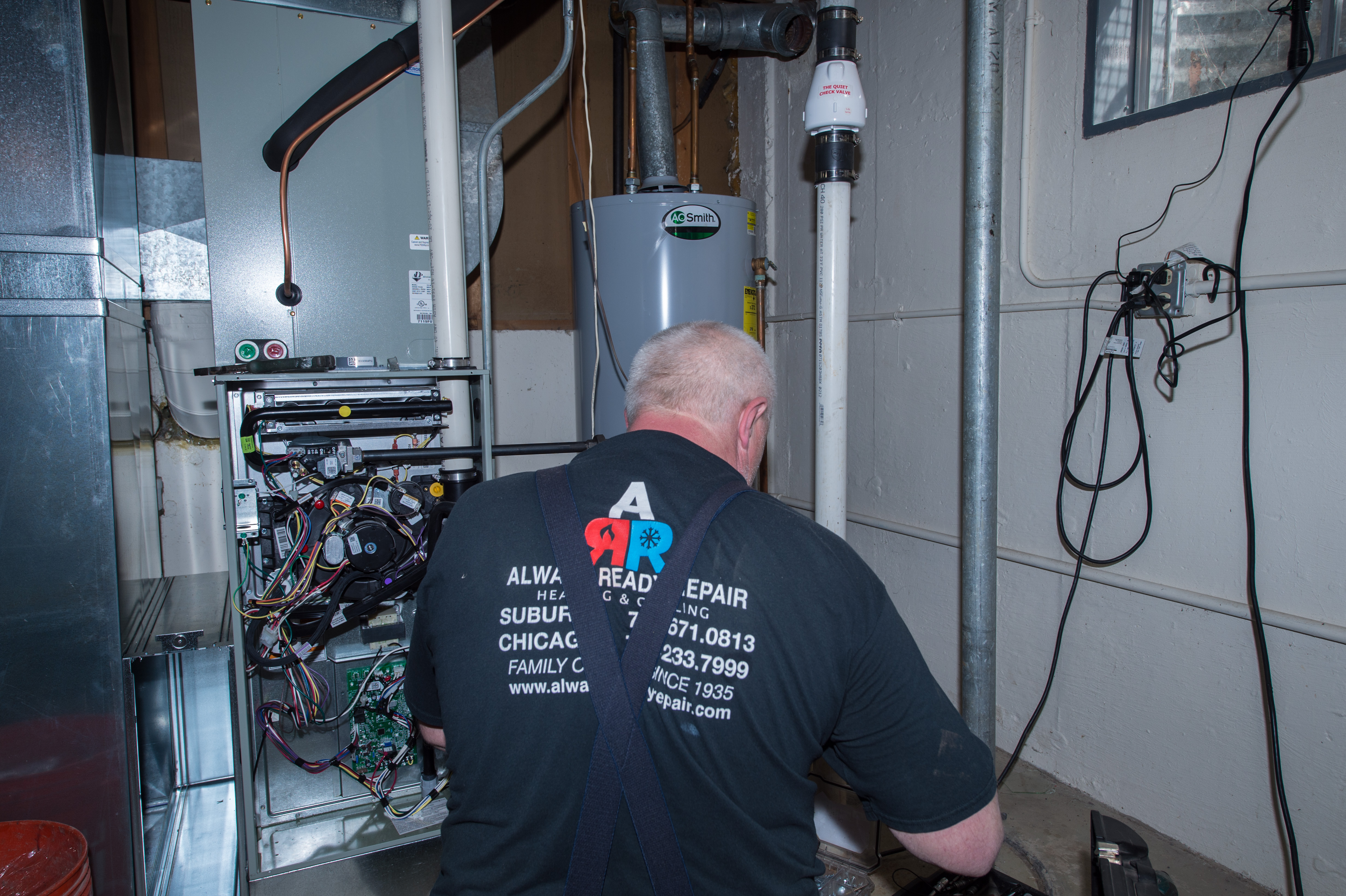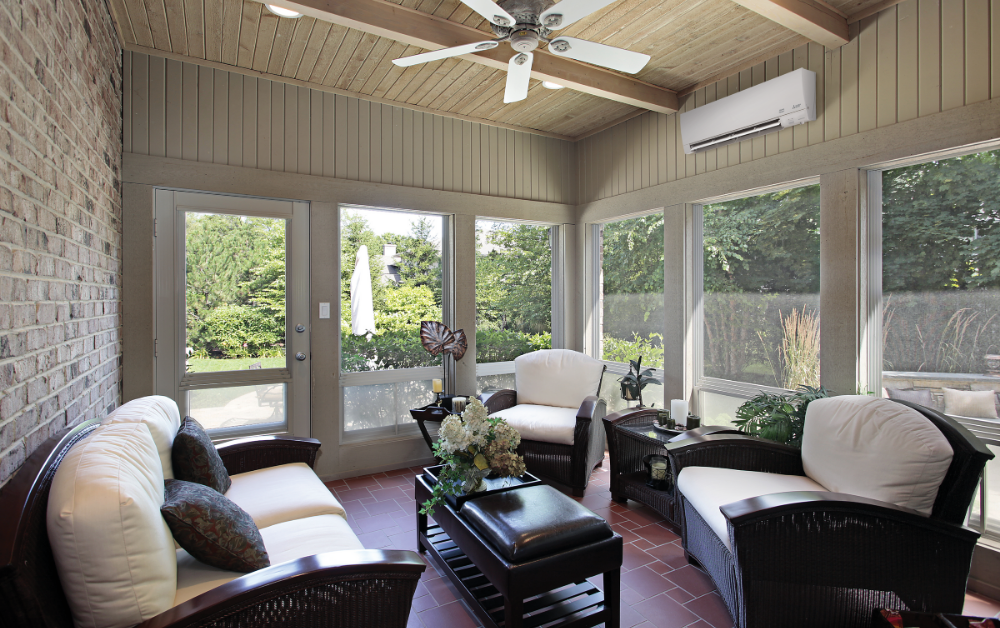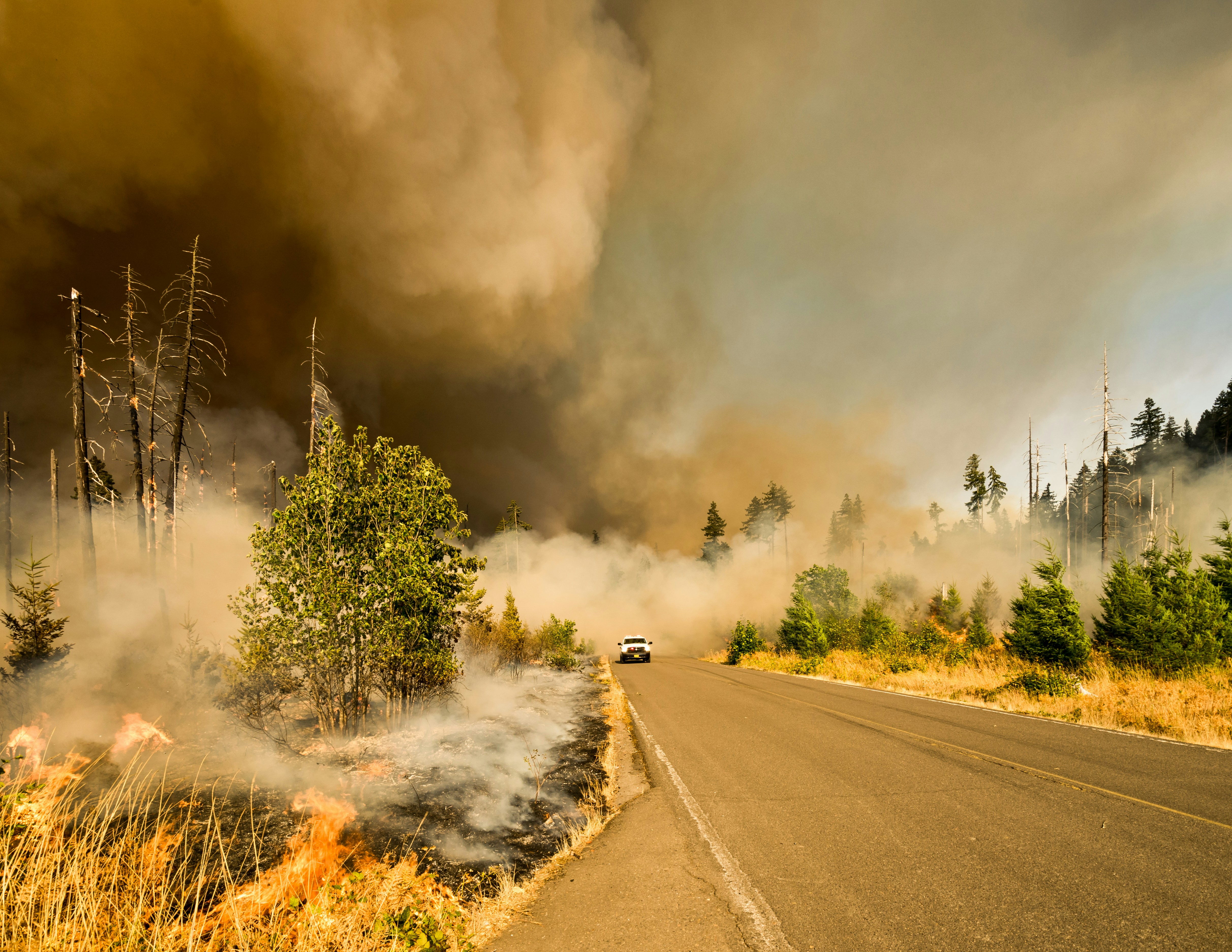Once the cold season settles in, homeowners across the United States start pushing their heating systems harder, and that is exactly when problems show up. Afaict winter exposes whatever the HVAC system was quietly struggling with since last winter. The furnace that limped through spring suddenly refuses to ignite. The heat pump system that ran fine all year now acts confused every time it switches to heating mode. Sometimes you even get phantom cold symptoms inside the home because the air gets too dry or dusty. All of this is predictable, and all of it becomes way easier to handle with simple winter prep before temperatures crash.
The first thing to deal with is the filter. It is tedious, but filters are the one part of HVAC prep that saves more systems than anything else. When a filter gets clogged, the furnace loses airflow and has to push harder just to heat your home at the same level. That extra stress can interfere with the ignition system, shorten burner life, and send utility costs upward. A dirty filter also lets more particles circulate, which is when people start complaining about dry air, irritated sinuses, or even that weird sore throat that shows up during the first cold week. Replacing the filter regularly during winter keeps the entire system breathing and prevents a ton of unnecessary strain.
It is smart to test the furnace or heat pump early in the season instead of waiting until the cold really hits. When you do the first start of the year, you often hear small signs of trouble that would have gone unnoticed otherwise. A furnace that hesitates to ignite usually has an ignition system or sensor issue brewing. A heat pump that rattles or thumps might be shifting into the wrong mode or struggling to move heat because debris got into the outdoor unit. If your system uses natural gas, you might smell a little dust burning off, which is normal, but a sharp or metallic smell is not. If you catch any of this in mild weather, you can handle it calmly instead of during a power outage or a high demand emergency where everyone else is already booked solid.
A lot of homeowners forget that winter comfort is not just about heaters or air conditioners. It is also about keeping heat inside the house. Small gaps around doors, attic hatches, and window frames leak warm air constantly. Then the furnace gets blamed for being weak, even though the house is basically rejecting warmth like a confused immune system response. A little sealing work around trouble spots stops heat loss and reduces the load on the HVAC equipment. It keeps the system from cycling as often and prevents unnecessary fuel burn, whether you are running electricity, natural gas, or another energy source. In a season where fossil fuels are getting more expensive, keeping heat inside the home pays off instantly.
Heat pumps need extra attention during winter because their outdoor units are magnets for debris. Leaves and snow love to pile around the coil, and once airflow is blocked, the system shifts to backup heat. Backup heat works, but it costs way more to run. It is basically the HVAC version of paying premium price for something you did not plan for. Clearing the area around your outdoor unit every so often keeps the heat pump system in heating mode instead of that expensive alternate mode. This is especially important if your home uses a specific type of heat pump that struggles in colder climates. Even modern pumps that operate well in freezing temperatures still need a clear path to move heat effectively.
A professional tune up is still the real foundation of winter prep. Furnaces and heat pumps contain a ton of components that quietly weaken over time. Burners collect residue. Flame sensors get coated and stop detecting properly. Igniters age. Electrical connections loosen. Heat exchangers need to be inspected for safety. Carbon monoxide levels require monitoring every winter. If the system uses natural gas, the technician checks for pressure issues that could eventually cause ignition problems. A tune up stabilizes the entire system for the season and prevents the kind of failure that only seems to happen during a cold snap when every tech in the region is scrambling.
Older systems deserve some blunt honesty. If your furnace is pushing twenty years old, it probably still runs, but it does not run at peak efficiency anymore. Technology has moved on. Modern systems adjust speed based on demand instead of turning on and off like a light switch. They use more efficient heat exchangers and smarter controls. They coordinate with modern thermostats to maintain comfort without wasting energy. None of this means you need to replace something that works, but it does mean you should start thinking about it before winter takes the decision out of your hands.
Indoor air quality also shifts during winter. Homes stay closed for months, and the air dries out. People start thinking they are getting cold symptoms or that their immune system is crashing, when really they are breathing dry air that irritates the throat and sinuses. A well functioning HVAC system helps, but humidity control matters just as much. With the right moisture level, the air in your home feels warmer at the exact same temperature setting. That means you can stay comfortable without cranking the heat and driving up energy consumption.
There is also the psychological comfort of knowing things were checked ahead of time. When temperatures drop into the danger zone, nobody wants to wonder whether their furnace or heat pump system is going to quit. A prepped system responds quickly, heats evenly, and stays efficient enough that the utility bill does not feel like a fine. Stability matters more in winter than any other season. When your home stays warm without drama, everything else in life gets easier.
In reality, winter HVAC prep is simple. Clean filters, early system testing, sealing work, clearing the outdoor unit, and scheduling a tune up create a stable foundation for the whole season. Once those pieces are handled, the system can just do its job rather than fighting against neglect.
If you want to make sure your furnace, heat pump system, or cooling system is actually ready for the cold season instead of just hoping for the best, Always Ready Repair can handle the inspection or tune up anytime. Prepping now keeps your home warm, stable, and efficient long after winter shows its teeth.






).png)











